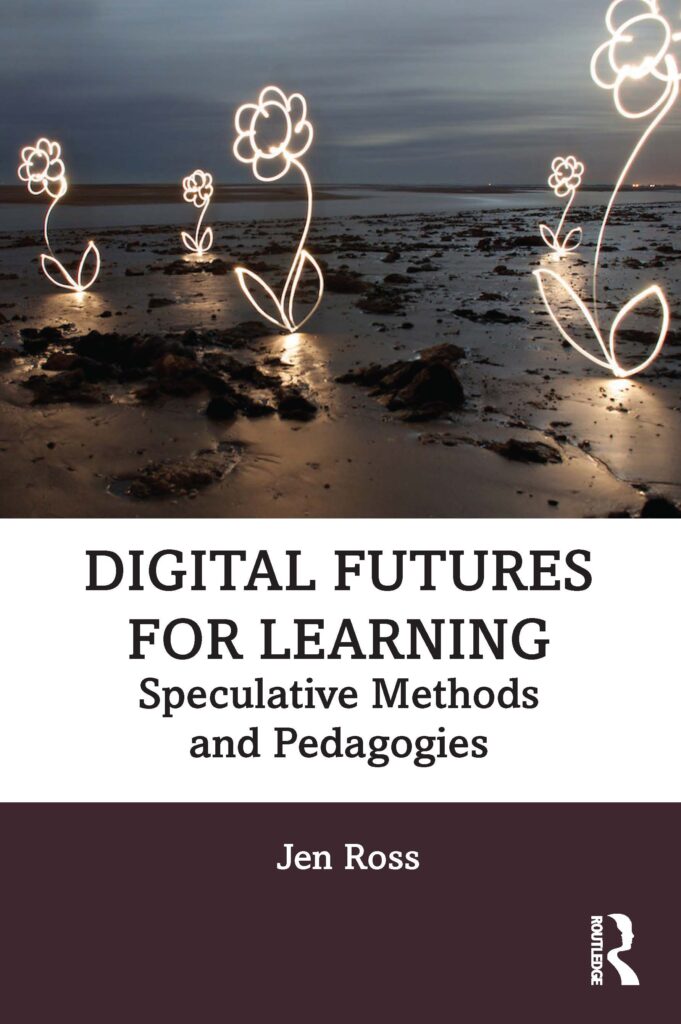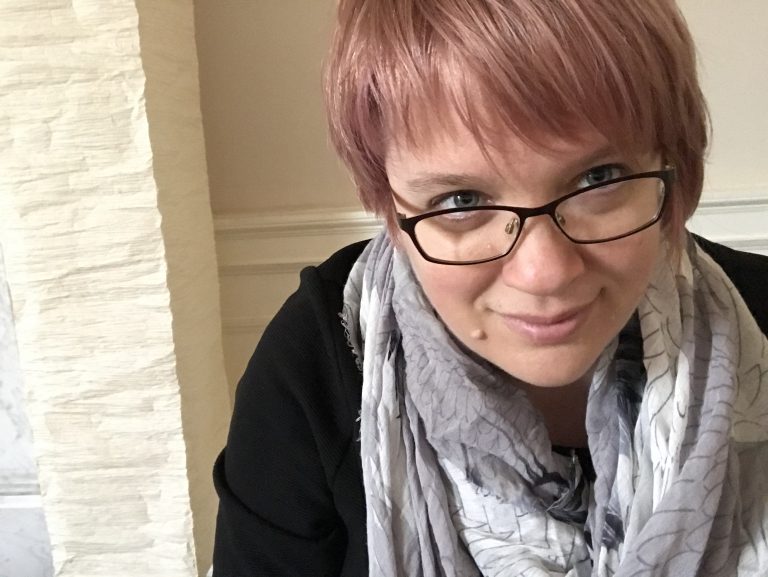by Jen Ross, University of Edinburgh, UK.
When education and technology meet, predictions about the future have always run wild. The last few decades have seen an explosion of investment in and ideas about digital futures for learning. Ideas include AI-driven personalised learning, better engagement in museums through mobile games, promises that cheating can be detected and eradicated, the predicted end of universities because of massive open online learning. Educators, learners and learning organisations have never gotten more messages about the impacts of emerging technologies, digital services and practices on learning.

It’s therefore a good time to ask: where do ideas about digital learning futures come from, and how do they come to be accepted, and even seem inevitable? Why is perceived inevitability of the future a problem for education? And how can educators, students and researchers think differently about the future of learning, and bring new possible futures into being? My new book, Digital Futures for Learning, tries to answer these questions. It looks at how certain ‘imaginaries’ of educational technology get embedded in policy, media and practice, and argues that when this happens, we lose the ability to engage with complexity, wicked problems and possible alternatives. To challenge existing imaginaries – for example about automation, openness, digital engagement and surveillance – we can use speculative approaches to teaching and research. These approaches help illuminate the uncertainty of the future, and provide ways to work creatively with that uncertainty. Rather than claiming to predict or shape the future, speculative approaches are about possibilities – playful, creative and even messy possibilities – that serve to unsettle the apparent certainty of where we are headed.
To illustrate speculative approaches in practice, there are four case studies in the book – each of which discusses speculative objects, audiences and ways of knowing produced through a range of research and teaching projects that took place between 2010-2020. In the first, an automated Twitter bot makes a surprising entrance into the social media space of a Massive Open Online Course and proceeds to engage with participants about the nature of teaching. The chapter explores debates about automation and massification of higher education in the early 2010s. The second case study focuses on the speculative course design and assessment of the Digital Futures for Learning postgraduate course, in which the course itself is partly made up of Open Educational Resources produced by students. It examines openness and co-creation as educational qualities and as challenges for higher education. The third example is about engagement in museums and galleries, and the Artcasting project, which explored alternatives to traditional forms of evaluating visitors’ engagement with art. And finally, the fourth case study is about the Data Stories Creator, developed as part of work to imagine surveillance futures in higher education at a time of radical shifts in modes and visibility of education, partly driven by the Covid 19 pandemic.
Overall, the book explores how to use speculative approaches in ways that are both playful and responsible (a very important balance when working with education futures) and that exist in a space between expectation and uncertainty – what the book calls ‘not-yetness’. It shows how speculative methods and pedagogies (which can include researcher-made objects, design and co-design activities for participants, speculative analysis and storytelling in research, and speculative approaches to course design and learning objectives; teaching; assessment; hybridity and co-creation) can work creatively with the way the past, present and future are related; can be inventive and playful; and can make realities that matter to policy, practice and investment in digital education.

Author
Jen Ross, Centre for Research in Digital Education, University of Edinburgh, UK














